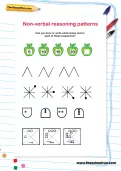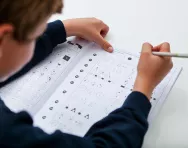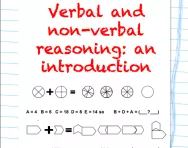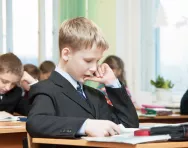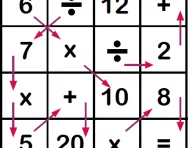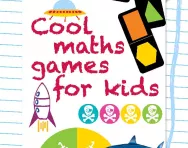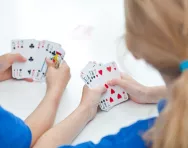TheSchoolRun.com closure date
As we informed you a few months ago, TheSchoolRun has had to make the difficult decision to close due to financial pressures and the company has now ceased trading. We had hoped to keep our content available through a partnership with another educational provider, but this provider has since withdrawn from the agreement.
As a result, we now have to permanently close TheSchoolRun.com. However, to give subscribers time to download any content they’d like to keep, we will keep the website open until 31st July 2025. After this date, the site will be taken down and there will be no further access to any resources. We strongly encourage you to download and save any resources you think you may want to use in the future.
In particular, we suggest downloading:
- Learning packs
- All the worksheets from the 11+ programme, if you are following this with your child
- Complete Learning Journey programmes (the packs below include all 40 worksheets for each programme)
You should already have received 16 primary school eBooks (worth £108.84) to download and keep. If you haven’t received these, please contact us at [email protected] before 31st July 2025, and we will send them to you.
We are very sorry that there is no way to continue offering access to resources and sincerely apologise for the inconvenience caused.
Non-verbal reasoning patterns
What are non-verbal reasoning patterns or sequences?
Non-verbal reasoning involves the ability to understand and analyse visual patterns, shapes, and sequences without relying on language. Non-verbal reasoning patterns or sequences can take various forms, and understanding them often requires spatial awareness, logical reasoning, and pattern recognition skills.
What is an example of a non-verbal reasoning question?
Here's an example of an 11 plus non-verbal reasoning question:
Imagine you are presented with a sequence of shapes arranged in a specific pattern.
A non-verbal reasoning question could be:
Which shape completes the sequence?
(You will be provided with options to choose from.)
To determine the missing shape, you will need to identify the underlying rule or pattern governing the sequence.
You might notice the following pattern:
- The triangle moves one step clockwise in each subsequent figure.
- The square moves two steps clockwise in each subsequent figure.
- The circle moves three steps clockwise in each subsequent figure.
Applying this pattern to the last figure, you can deduce that the next shape should be three steps clockwise from the circle.
You should be able to figure out which option to select by applying this rule to the shapes provided.
How will this non-verbal reasoning patterns worksheet help your child?
This non-verbal reasoning worksheet was created by an educational expert with the purpose of providing at-home practise for your child to develop their non-verbal reasoning skills. Your child will be asked non-verbal reasoning questions, similar to those they may be asked in an 11 plus exam, and the answers are included.
For more 11 plus information, check out our 11 plus hub, or challenge your child with more non-verbal worksheets such as Non-verbal reasoning: counting sides, symbols and more.
